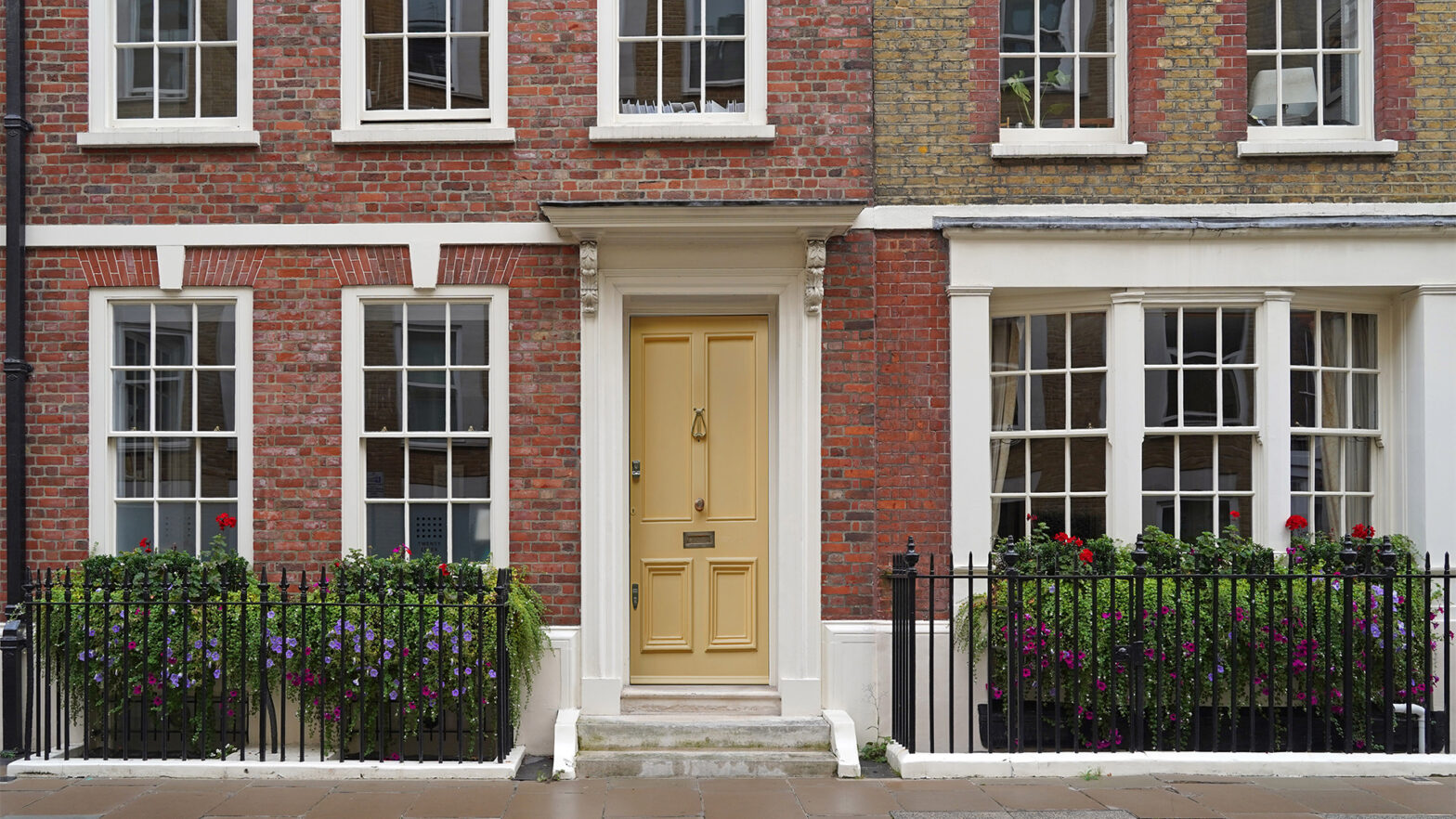Design Top 10 – YDS Architects
Architect Yoshitaka Uchino is the principal architect of YDS Architects, and under his watchful eye, the company has carved out a unique presence in its market for its work in designing houses and apartments, alongside kindergartens, social welfare facilities, offices, restaurants, renovations the list goes on and on.
In the 10 years that have been passed since YDS Architects was first established, the electronic environment has expanded dramatically, and Yoshitaka realises that this has a tremendous effect on the design field. ‘I think that from the beginnings of the 21st century, more and more dynamic architectural projects have been realized than ever before. These are partly due to the technological developments that have come about during that time; nevertheless, I guess there are changes of thought into design behind them.
The en-masse digitalisation that has swept across Yoshitaka’s industry has not affected his resolve, and to this day he approaches each new project with a specific theme in mind: he is determined to design affluent spaces that incorporate nature to its fullest – from the use natural lighting to illuminate the house, to the channelling of the winds.
‘We actively pursue the most beautiful architectural ideas that corresponds to the client’s needs and other conditions,’ Yoshitaka comments.
YDS’s projects are often drawn from the imaginative mid of Yoshitaka, whose concepts of effective construction arise from inspirational, historical buildings, whose architects were among the first to understand the importance of transition between light and shade. This concept is inspired by Japanese architectures like Katsura Imperial Villa, Itsukushima Shrine and what not.
‘Of course, I am very interested in these iconic or wonderful designs, but ever since I set up my own practice I haven’t changed my attitude toward design, and I have employed simple geometric forms.
I usually use simple geometry such as circle, square, frame, and grid to design architectures and interior spaces. I believe that complex spatial experiences by the use simple geometry is not only simple, but it has the potential for limitless ideas.’
With this in mind, Yoshitaka has built YDS Architects to be focussed around a more intimate style of construction, which comes across strongly when it comes to undertaking new projects with a client.
‘My approach to design in the beginnings is to focus on interaction with nature, whilst dealing with client’s demands, cost, and any relevant laws. In designing houses, housings, or whatever else it is I am working on, I am always considering on how to bring nature into the spaces.
‘The most important element is light. When I design something and I know that the client has strongly demanded certain economical aspects like housings for rent, I make a conscious effort to include courts or plazas in the design, as this would give people a chance to enjoy feeling connected with nature. These spaces would be carefully placed in the spaces where volume is somewhat restricted, and would serve as characteristic spaces for residents. This would represent a brand result and an economical success.
Equally, Yoshitaka expresses the importance of open space in effective construction, especially in an enclosed, spacious area, as a means of establishing a closer connection with the natural elements that he wants to incorporate. ‘I think that ‘voids’ are very important element of architectures, and by utilizing voids I always aim to design a dramatic and cosy spaces.
‘When designing houses, I am always thinking about how people interact with nature. I often have the luxury of adding a terrace to the whole thing. The first house that I I designed according to this concept was what I refer to as ‘House I’. In this house, by inserting a terrace, I was able to take full advantage of the light and wind going through; the terrace was like a ‘Box of Light’. By developing this notion of void, I designed other several houses like ‘House K’.’
Yoshitaka expands on this project, which he cites as his most successful project to date, the model by which he attests to his belief in open architecture that takes full advantage of the sun and wind. ‘The simple white box with the terrace and garage was the realization of my method of designing complex and bountiful spaces by employing simple geometries.’
In addition, he recognises that ‘House K’ was a valuable learning curve, from which he gained a deeper appreciation of the relationship between voids and light. ‘In previous houses I had designed up until then, there was a large void over the living room, that was relatively easy to manipulate. In this house, however, there was only a narrow, 0.9-metre-wide voids that corresponded to the sizes and layouts of rooms in the second floor.
‘By making use of these narrow spaces, I came up of the idea of T-shaped voids. Thanks to this, the spaces grew further, and light was allowed to illuminate the whole area.
‘In fact, these changes of light reminded me of the new transitional changes of light. This transitional changes of light and shadow are one of the characteristic spatial images of Japanese space. While imagining these spaces, I was reminded about the traditional Japanese architectures like Katsura Imperial Villa and the way in which my work reflected that devotion to the use of natural light.’
With these successful projects under his belt, Yoshitaka looks forward to leading YDS Architects into new, exciting projects. Among these new upcoming works are housing (areas by Tadao Ando), as well as museums and other public facilities, which will further develop the concept of his architectural method.
‘The industry in Japan is somewhat brisk thanks to the Tokyo Olympic in 2020. But I think the clearer visions of our cities and architectures are needed. A clear-cut and soft approach to the industry with a political aspect should be decided upon as soon as possible.’
Company: YDS Architects
Email: [email protected]
Phone: 81-0362725572
Web Address: http://www.ydsaa.net/index_e.html
Address: Suidobashi-Nishiguchi Kaikan 6F 2-20-7 Misakicho, Chiyoda-ku, Tokyo

































